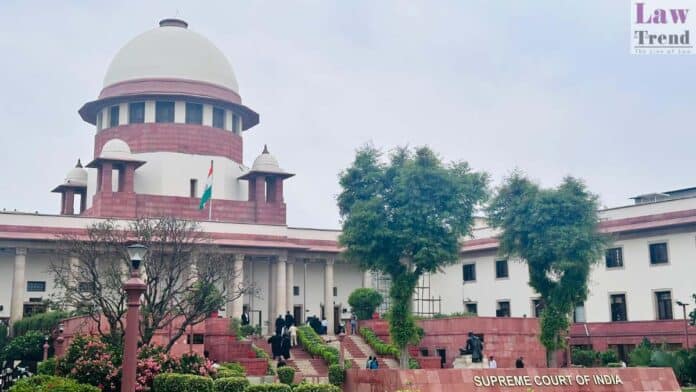The Supreme Court on Monday issued notices to the Reserve Bank of India (RBI), Securities and Exchange Board of India (SEBI), the Union Government and other authorities on a plea seeking the creation of a centralised portal to help individuals access information about their financial assets held across various entities, including dormant and inoperative accounts.
A Bench of Justices Vikram Nath and Sandeep Mehta agreed to hear the plea filed by Aakash Goel and sought responses from the concerned authorities within four weeks.
During the hearing, the petitioner’s counsel highlighted the scale of the issue, stating that approximately ₹3.5 lakh crore remains unreturned to rightful investors or depositors. He argued that there is currently no single mechanism to help citizens or their families track financial assets spread across different banks and financial institutions.
The counsel informed the court that they had initially approached a High Court, which acknowledged the significance of the issue but declined to intervene, observing that the matter falls within the domain of regulatory authorities.
The plea seeks comprehensive directions to regulatory bodies and the Centre, including:
- Creating a centralised portal to allow individuals, after completing e-KYC requirements, to view a consolidated list of all their financial assets—whether active, inactive, dormant, or inoperative—held with entities regulated by RBI, SEBI or other regulators.
- Issuing guidelines mandating all regulated entities to capture minimum nominee details for each financial asset to ensure smooth transfer after the holder’s demise.
- Coordinating with the Ministry of Home Affairs and Department of Food and Public Distribution to facilitate a seamless system for regulated entities to be informed of the death of an account or asset holder, enabling them to reach out to the rightful family members when no nominee is designated.
The Bench issued notices to the RBI, SEBI, the Union Government and others, and listed the matter for further hearing after four weeks.







